Deathlayer Chicken: Breed Profile
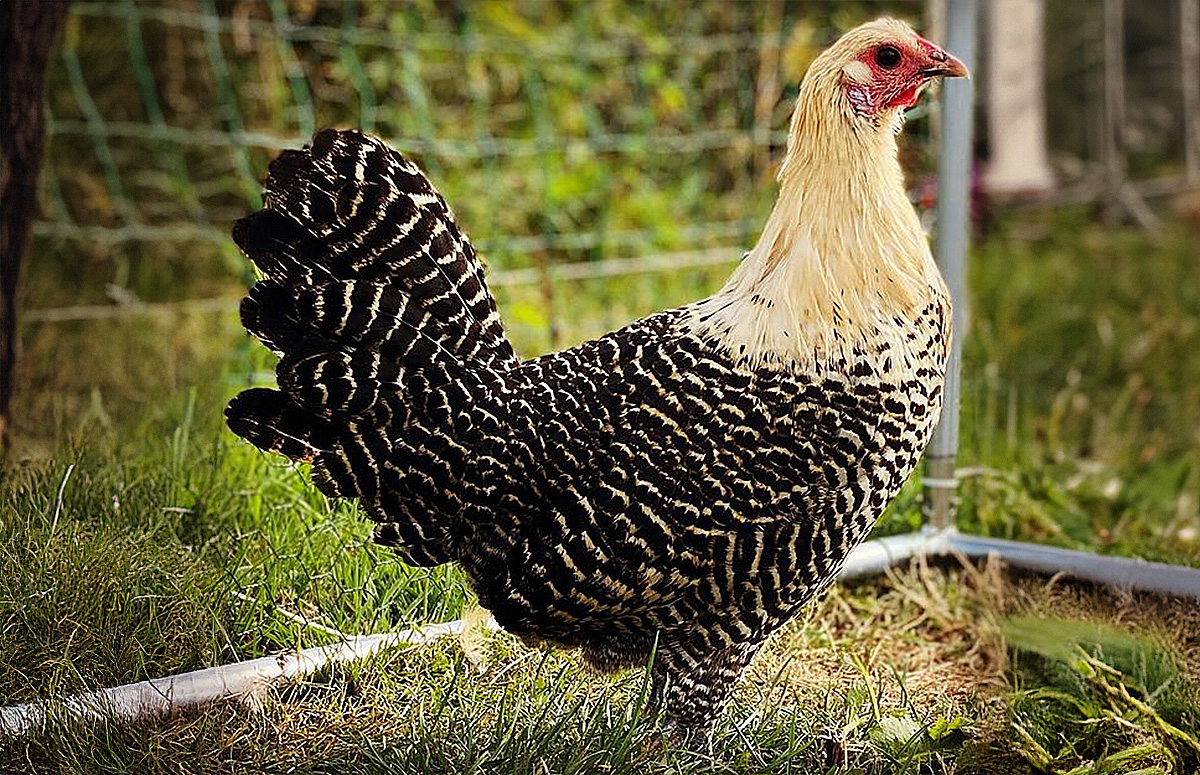
The Deathlayer will be the coolest chicken breed in your flock, with its hardcore name and unique looks. Deathlayers remain pretty unknown, although they go back 400 years, but were only recently imported into the US.
Their fantastic egg-laying skills and amazing looks make them the perfect addition to any backyard flock.
Let’s get started with the main topics to address:
- Deathlayer hens lay up to 4 eggs per week
- Rare German breed, known as the Westfälische Totleger
- Active breed that loves free-ranging
- Hardy in all climates
| Eggs | 200 eggs per year |
| Egg Color | White |
| Egg Size | Medium |
| Weight | 4.5 – 5.5 lbs |
| Hardiness | Cold and heat |
| Temperament | Friendly but active |
| Beginner-friendly | Yes |
| Color | Silver and gold |
Characteristics
The Deathlayer chicken is a German breed of domesticated chicken. Its name in German is Westfälischer Totleger, literally translated to Westphalian Deathlayer.
The breed is more than 400 years old but remains quite unknown outside Germany and is still very rare.
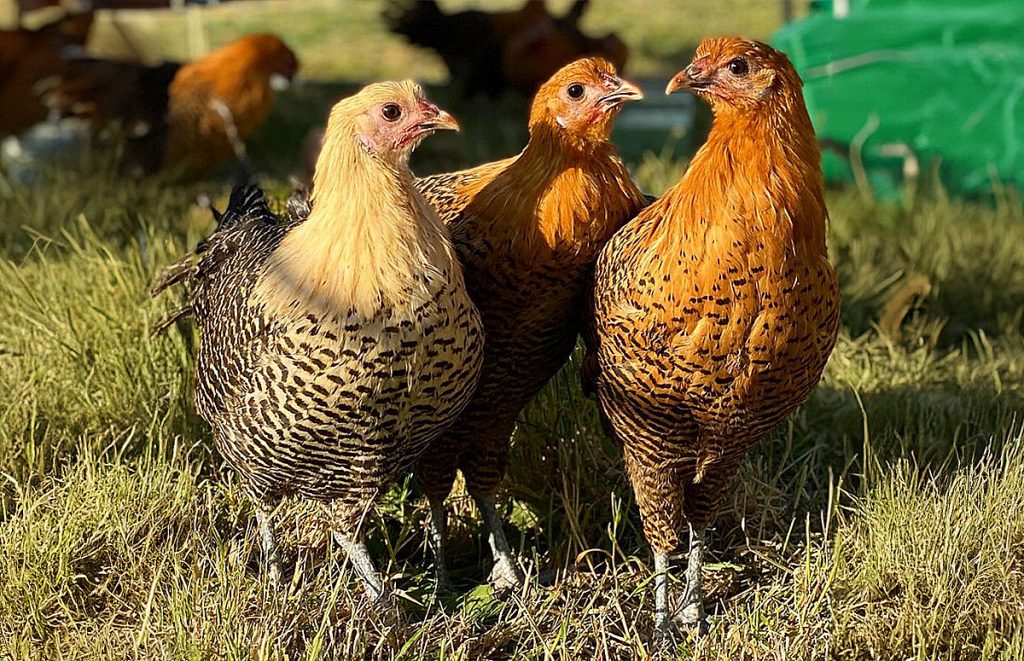
Deathlayers are medium-sized birds, with the roosters weighing around 5.5 lbs (2.5 kg) and hens 4.5 (2 kg). There is no Bantam or miniature version of the Deathlayer available.
All birds have a small red rose comb less vulnerable to frostbite than bigger combs. Roosters have a very remarkable cape with long feathers running down their back.
This breed comes in two color varieties, gold, and silver, with a penciled pattern. Their legs are clean and grey-colored. Comb, wattles, and earlobes are red.
Egg production
Deathlayer hens are good layers, bringing around four eggs per week to the table; that’s 200 per year!
All eggs are medium-sized and white. They are not a dual-purpose breed and are only kept for their egg production.
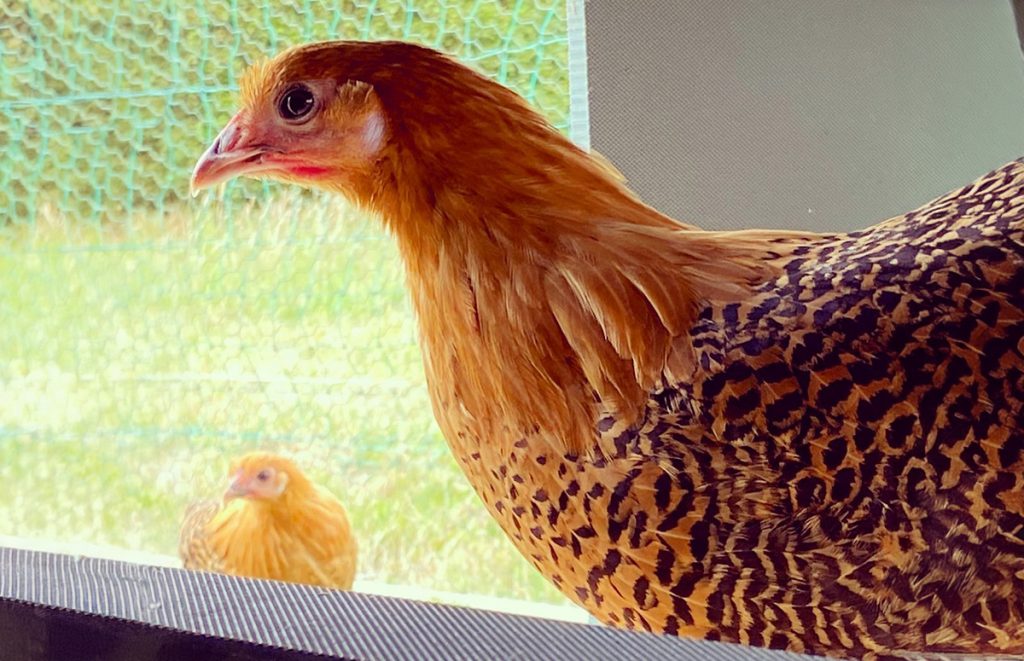
Deathlayers are known to keep laying well into older age; they lay longer than any other breed.
The breed is not known for its broodiness, it can happen occasionally, but if you’re planning on hatching eggs, you may need an incubator or another breed to sit on the eggs.
Because of their hardiness, Deathlayer hens usually keep on laying during winter. Although egg production may slow down. The only time of year Deathlayers temporarily stop their egg production is during molt.
Personality
Deathlayers are a great choice when considering adding an extra, non-common breed to your flock.
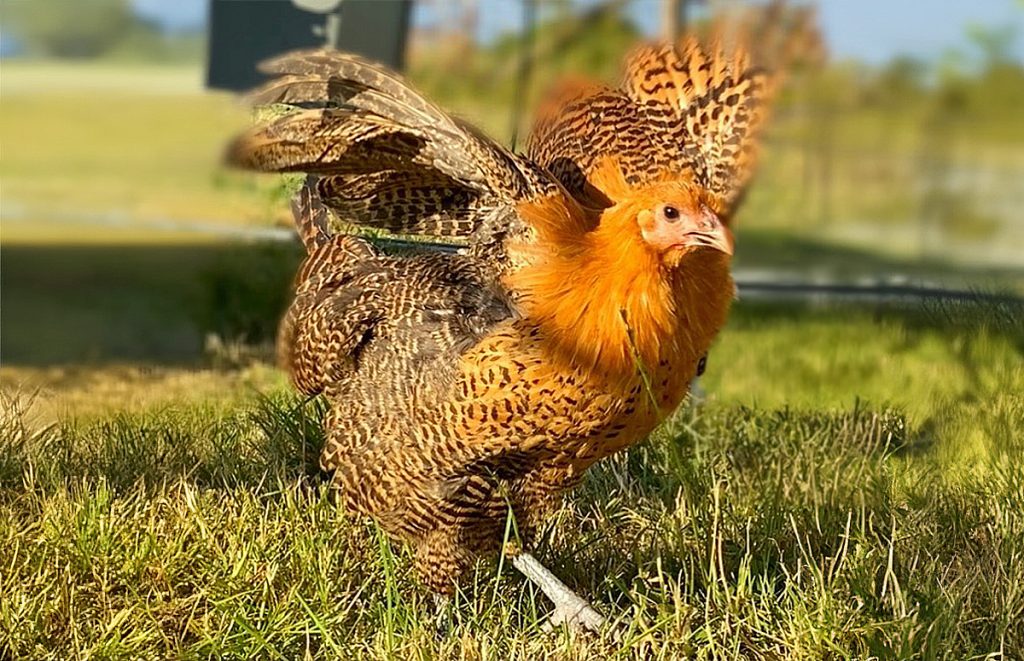
They’re friendly towards humans and other chickens but keep mostly to their own and aren’t pet chickens that can be held or petted.
They’re foragers, active birds, and great egg layers, not lap chickens. When looking for a sweet and cuddly breed, the Deathlayer is not what you want.
They are quite active birds and don’t do well in confinement. It’s best to keep Deathlayers when you have plenty of space or let your chickens free-range.
They are hardy, both heat and cold, and can be kept in any climate.
Because of their small comb, they’re not as vulnerable to frostbite. The breed does not need much extra care other than water, food, and shelter and is very beginner-friendly and low in maintenance.
They’re not likely to become ill; it’s a healthy breed with high resistance.
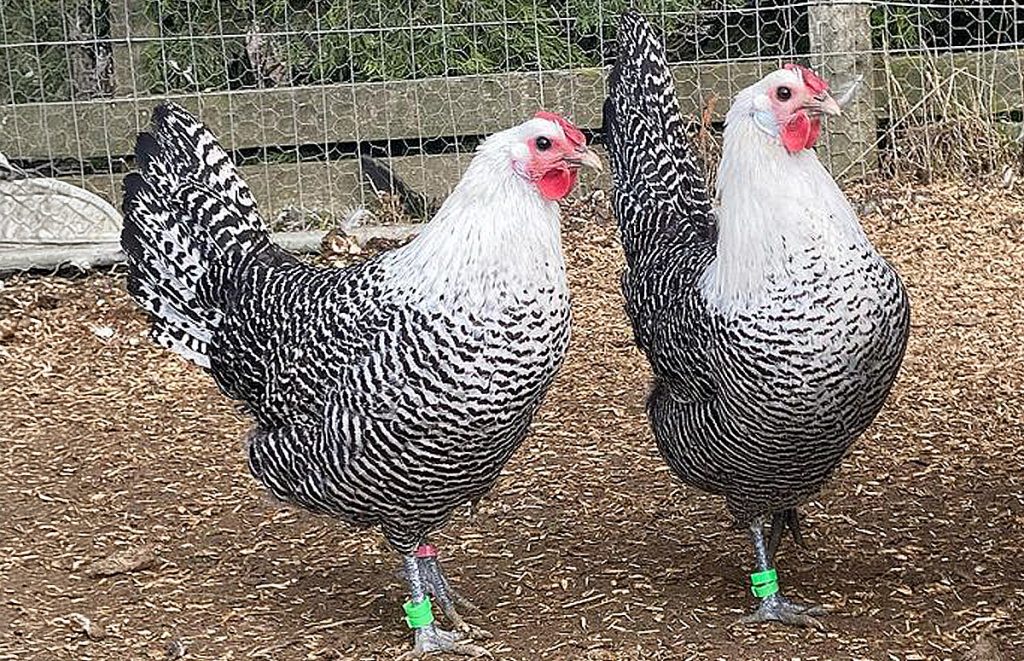
The Deathlayer Breed
Deathlayers are an old German landrace breed; they go back 400 years. Close relatives of the Deathlayers are Ostfriesische Mowe and Braekel.
Deathlayers have quite an unusual name and translate in German into ‘Westfälischer Totleger’. The name Westfälischer Totleger was presumed to be mistranslated from Low German, a West-Germanic language.
The breed used to be called ‘Daudtleijer’ in Low German, which translates into ‘Long-term Layer’ in English. The name ‘Daudtleijer’ deviates from ‘Dauerleger’, meaning ‘lays every day’. But when adopting ‘Daudtleijer’ in German, the term developed to ‘Totleger’, meaning ‘Deathlayer’.
This breed was very popular in Germany until the upcome of more productive breeds like Leghorns in the 1880s. After that, chicken keepers soon lost interest in this landrace breed. In 1994 Deathlayers were proclaimed an ‘Endangered breed of the year’ by a German poultry association.
As of 2016, the breed is considered ‘gravely endangered’ and remains among the rarest and most expensive breeds worldwide. One unsexed Deathlayer chick will cost you between $60 and $100, while common breeds are sold for just $5 to $10 per (sexed) chick. Deathlayer hatching eggs cost around $10-$15 per fertilized egg.
They were introduced in the US by Greenfire Farms, a non-commercial hatchery located in Florida. By importing the breed into the US, the hatchery hopes to “protect the rare and valuable features of this breed”.
Summary
Deathlayer chickens have a name that’s as hardcore as their temperament and hardiness. They are a German landrace breed, going back 400 years. At this moment, Deathlayers remain a rare breed, and chicks can be quite expensive.
They’re decent egg layers, friendly chickens, but active. They don’t do very well in confinement and prefer a free-ranging environment. They’ll be an excellent addition to any backyard flock if you have the space, as they don’t need much extra care next to their housing preferences.
To learn more about chicken breeds, check out our ‘Chicken Breeds Page‘ to see every specific breed we address. Or go to our listicle breed summary on ‘The Classroom‘, or, if you’re unsure where to start, take a look at our ‘Chicken Breeds: Ultimate Beginners Guide‘.’.
Credits for the photos and special thank you to: @hensonoxney
Related Questions
A Deathlayer is an old German chicken breed that goes back 400 years in history. They’re quite unknown to the large public and remain a rare breed. They are good egg layers and have a unique look next to their remarkable name.
Deathlayer hens lay up to 200 eggs per year or around 4 eggs per week. All eggs are medium-sized and white.
Deathlayer chickens are among the most expensive chickens in the world. An unsexed chick will cost between $60 and $100. Deathlayer hatching eggs cost around $10-$15 per egg.
A Deathlayer chicken is a rare German breed. They come in two color varieties: gold and silver.






















